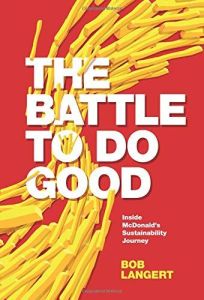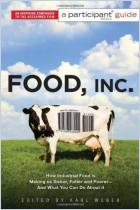Join getAbstract to access the summary!

Join getAbstract to access the summary!
Bob Langert
The Battle to Do Good
Inside McDonald's Sustainability Journey
Emerald Publishing Limited, 2019
What's inside?
McDonald’s partnered with NGOs to become more proactive about sustainability and other major issues.
Recommendation
Former McDonald’s executive Bob Langert details the efforts the fast food chain made to respond to a string of controversies. He addresses battles it waged – and resolved productively – with nongovernmental organizations (NGOs), including Greenpeace and PETA, over issues of waste, sustainability, and more. Langert discusses the evolution of McDonald’s partnerships with NGOs, consumer demands to get rid of bulky Big Mac packaging, and non-profits’ attacks on Happy Meals for contributing to rainforest destruction and childhood obesity. With each battle, he reports, McDonald’s found a productive solution that responsibly addressed its critics’ concerns.
Summary
About the Author
Bob Langert, columnist and editor-at-large for the GreenBiz Group, ran the corporate social responsibility and sustainability efforts at McDonald’s for more than 25 years.





















Comment on this summary